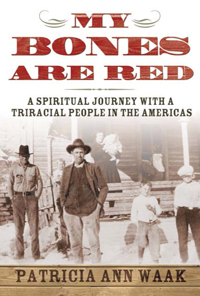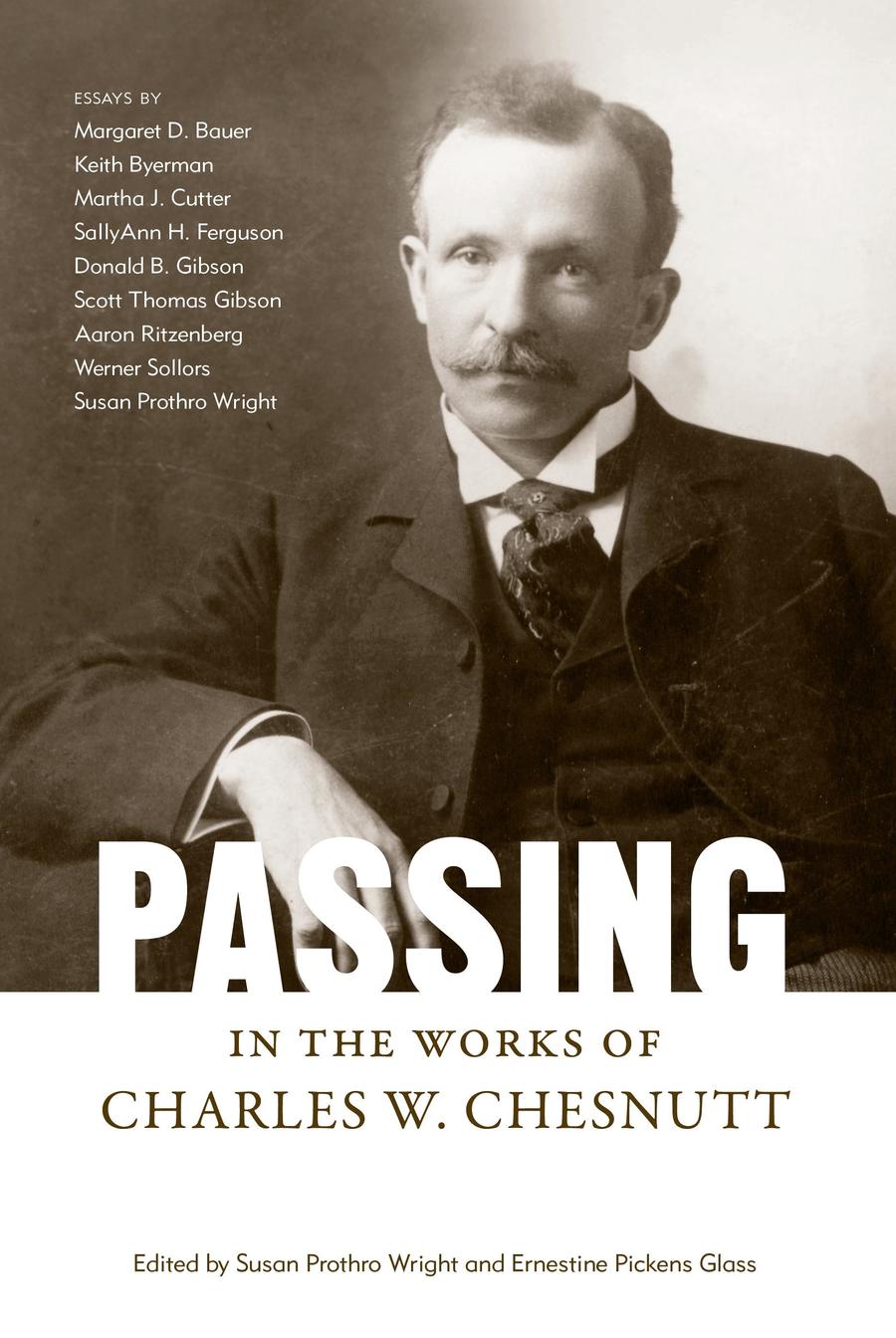Obama gives hope to multiracial familiesPosted in Articles, Media Archive, Social Science, United States on 2010-02-21 21:50Z by Steven |
Obama gives hope to multiracial families
The Connecticut Record-Journal
2009-01-24
Three-year-old George Garner used to introduce himself as ‘George Barack Obama’ when his mother took him to political events. For George, an energetic boy of a mixed racial background, Barack Obama’s presidency will serve as proof that he, too, can be president, said his mother, Jean Garner.
“I can tell this guy, ‘If you want to be president, go for it,'” she said in her Cheshire living room Thursday, as George bounced around with his Batman figurine.
Three years ago, Jean and Tim Garner, both white, adopted George, who is part Canadian, Native American and African-American. Garner said she hopes that Obama, the son of a white mother and a Kenyan father, will inspire more people to consider people for who they are, rather than what they look like.
Obama not only shows that a black man can become president, but that someone of a multiracial background can lead the country.
While Obama calls himself black, observers interviewed Friday said he has been so open about his parents and his upbringing that the entire nation is aware of his multiracial heritage. Sociologist Jenifer Bratter said Obama shatters stereotypes that people of mixed race have strained life experiences…
Read the entire article here.



